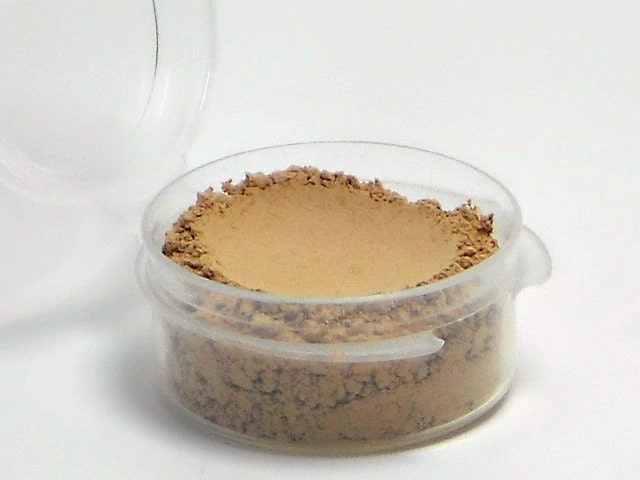In recent years, the fascinating world of nanotechnology has revolutionized material science by introducing innovative approaches to enhance the performance of various alloys. One such development involves the integration of boron nitride nanotubes (BNNTs) into aluminum alloys, resulting in significant improvements in their strength and deformation properties. This article delves into the incredible potential of BNNTs and their profound impact on aluminum alloy engineering.
Overview of Boron Nitride Nanotubes
Boron nitride nanotubes, similar in structure to carbon nanotubes, are cylindrical nanostructures composed of hexagonal boron nitride layers. Their unique properties, including high mechanical strength, excellent thermal conductivity, and superb chemical stability, render them an ideal reinforcing agent for metal matrix composites. When incorporated into aluminum alloys, BNNTs exhibit exceptional potential to enhance strength and alter deformation behavior.
Enhanced Strength in Aluminum Alloys
The addition of BNNTs into aluminum alloys can significantly augment their mechanical strength. The large aspect ratio and high tensile strength of BNNTs provide efficient load transfer and dislocation movement hindrance within the alloy matrix. This interaction prevents the propagation of microcracks, improving the overall fracture toughness. Consequently, the tensile strength, yield strength, and hardness of aluminum alloys are substantially enhanced, enabling their application in demanding industries like aerospace and automotive.
Improved Deformation Properties
Beyond strength enhancement, the incorporation of BNNTs also facilitates a transformation in the deformation behavior of aluminum alloys. Due to their excellent thermal conductivity, BNNTs act as thermal bridges within the alloy, thereby promoting heat dissipation during plastic deformation. This effect minimizes the generation of localized heat zones, preventing unwanted thermal softening and enhancing the material’s resistance to plastic deformation. Additionally, the presence of BNNTs alters the dislocation motion mechanism and effectively impedes dislocation slip, further contributing to improved deformation properties.
Factors Influencing BNNT-Aluminum Alloy Interactions
Several factors influence the interaction between BNNTs and aluminum alloys, ultimately determining the extent of improvement in strength and deformation properties. The aspect ratio, dispersion quality, and interface adhesion between BNNTs and the alloy matrix play crucial roles. Proper functionalization of BNNTs, such as through surface modification and coating with compatible materials, enhances their dispersibility and compatibility within the aluminum matrix. Consequently, this leads to enhanced load transfer efficiency, interfacial bonding, and overall performance of the composite material.
Challenges and Future Outlook
While the integration of BNNTs into aluminum alloys presents promising opportunities for improving material properties, several challenges remain. Achieving uniform dispersion of BNNTs in the alloy matrix, minimizing agglomeration, and ensuring long-term stability are ongoing areas of research interest. Furthermore, optimizing the synthesis techniques to produce high-quality BNNTs and tailoring their characteristics to match specific alloy requirements are crucial steps for advancing this technology.
Looking ahead, the continued advancements in nanoscience and nanotechnology are expected to pave the way for further exploration of BNNTs in aluminum alloy engineering. Researchers are actively investigating novel synthesis methods, developing innovative functionalization techniques, and conducting comprehensive studies to gain deeper insights into the fundamental mechanisms behind the remarkable properties of BNNT-aluminum alloy composites. These endeavors will undoubtedly contribute to the development of cutting-edge materials with superior strength and enhanced deformation properties.
Conclusion
In conclusion, boron nitride nanotubes hold immense potential in enhancing the strength and improving the deformation properties of aluminum alloys. Their remarkable mechanical properties and compatibility with the alloy matrix offer a promising pathway to overcome the limitations of conventional materials. By gaining a better understanding of the interactions between BNNTs and aluminum alloys, researchers can unlock new possibilities for designing lightweight, high-strength materials suitable for various industries. The ongoing advancements in this field offer a glimpse into a future where nanotechnology serves as a driving force behind significant material improvements.
